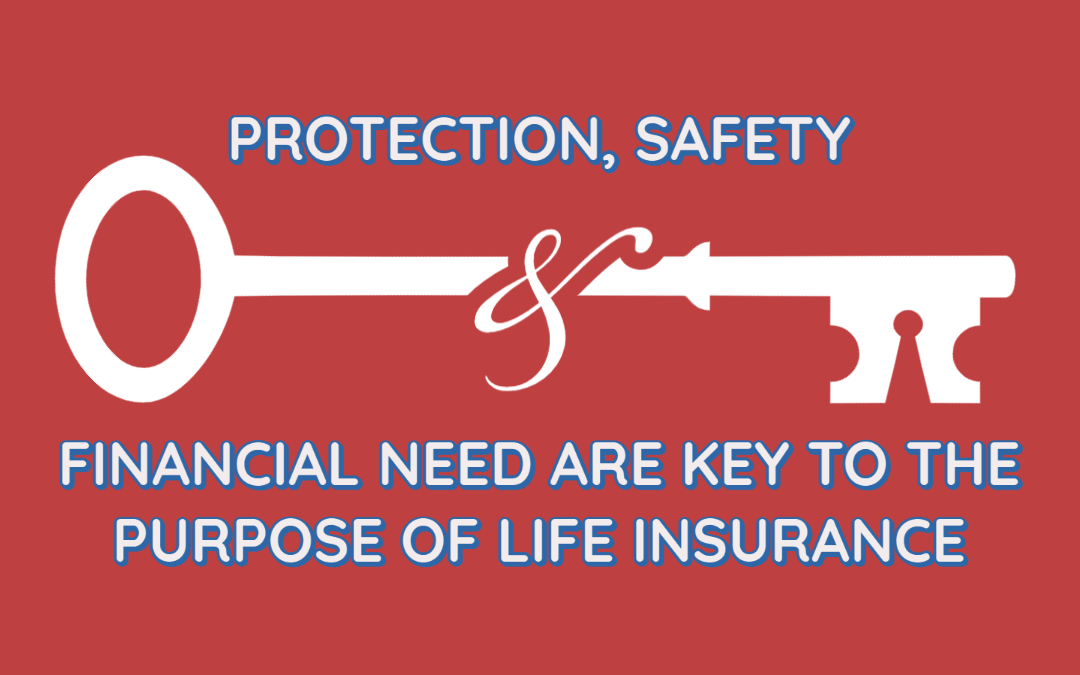The Main Principles Of Pacific Prime
The Main Principles Of Pacific Prime
Blog Article
Some Known Facts About Pacific Prime.
Table of ContentsWhat Does Pacific Prime Do?Pacific Prime - TruthsThe Only Guide for Pacific PrimeThe Best Strategy To Use For Pacific PrimeNot known Incorrect Statements About Pacific Prime

This is because the information were gathered for a period of solid financial efficiency. Of the approximated 42 million people who were without insurance, all yet regarding 420,000 (about 1 percent) were under 65 years of age, the age at which most Americans become eligible for Medicare; 32 million were grownups between ages 18 and 65, about 19 percent of all grownups in this age; and 10 million were kids under 18 years old, regarding 13.9 percent of all youngsters (Mills, 2000).
These price quotes of the variety of individuals uninsured are created from the annual March Supplement to the Existing Populace Study (CPS), conducted by the Demographics Bureau. Unless otherwise kept in mind, nationwide quotes of individuals without medical insurance and proportions of the population with various type of insurance coverage are based on the CPS, one of the most extensively used source of estimates of insurance policy protection and uninsurance rates.
Pacific Prime Can Be Fun For Anyone

Still, the CPS is particularly helpful due to the fact that it generates yearly price quotes reasonably rapidly, reporting the previous year's insurance policy protection approximates each September, and because it is the basis for a consistent set of price quotes for even more than two decades, enabling evaluation of trends in protection over time. For these reasons, as well as the comprehensive use of the CPS in other studies of insurance protection that are offered in this report, we count on CPS price quotes, with limitations noted.

The price quote of the variety of uninsured people expands when a populace's insurance policy standing is tracked for numerous years. Over a three-year duration starting early in 1993, 72 million individuals, 29 percent of the U.S. https://fliphtml5.com/homepage/odsej/pacificpr1me/. population, lacked protection for at least one month. Within a single year (1994 ), 53 million individuals experienced at least a month without protection (Bennefield, 1998a)
6 out of every ten without insurance adults are themselves utilized. Although working does enhance the possibility that a person and one's member of the family will certainly have insurance, it is not a guarantee. Even participants of family members with two full time breadwinner have practically a one-in-ten chance of being without insurance (9.1 percent without insurance rate) (Hoffman and Pohl, 2000).
The 6-Minute Rule for Pacific Prime
New immigrants represent a substantial percentage of people without health and wellness insurance policy. One analysis has associated a significant section of the recent growth in the dimension of the united state uninsured populace to immigrants who got here in the country in between 1994 and 1998 (Camarota and Edwards, 2000). Recent immigrants (those who involved the United States within the previous 4 years) do have a high rate of being uninsured (46 percent), but they and their kids make up just 6 percent of those without insurance coverage nationally (Holahan et al., 2001).
The relationship between health and wellness insurance and accessibility to care is well established, as documented later on in this phase. The partnership between health and wellness insurance coverage and wellness outcomes is neither direct neither easy, an extensive professional and wellness services research study literature web links wellness insurance coverage to enhanced access to care, much better top quality, and improved individual and population health status.
Levels of analysis for checking out the results of uninsurance. It concentrates particularly on those without any type of health insurance coverage for any kind of size of time.
Pacific Prime Can Be Fun For Anyone
The troubles faced by the underinsured remain in some areas comparable to those faced by the uninsured, although they are normally less extreme. group insurance plans. Uninsurance and underinsurance, nevertheless, involve definitely different plan concerns, and the strategies for addressing them might differ. Throughout this research and the five records to adhere to, the main emphasis is on persons with no medical insurance and hence no assistance in spending for health and wellness treatment beyond what is available via charity and safety web institutions
Health insurance is a powerful element affecting invoice of treatment because both patients and medical professionals reply to the out-of-pocket rate of services - https://www.quora.com/profile/Freddy-Smith-136. Wellness insurance policy, however, is neither required neither adequate to get to clinical solutions. However, the independent and direct impact of medical insurance coverage on accessibility to health and wellness solutions is well developed.
Others will obtain the healthcare they require even without wellness insurance coverage, by paying for it expense or seeking it from companies that use care complimentary or at look at this website highly subsidized prices. For still others, health insurance coverage alone does not guarantee invoice of treatment due to the fact that of other nonfinancial barriers, such as a lack of wellness care service providers in their community, minimal access to transport, illiteracy, or linguistic and social differences.
All About Pacific Prime
Formal study concerning uninsured populaces in the United States dates to the late 1920s and very early 1930s when the Board on the Expense of Healthcare produced a collection of reports about funding physician workplace visits and hospital stays. This problem became prominent as the varieties of medically indigent climbed up throughout the Great Depression.
Report this page